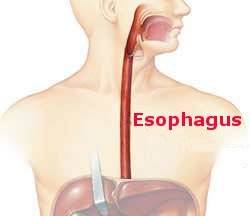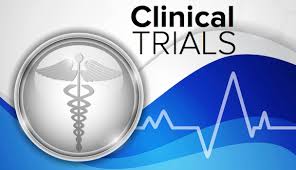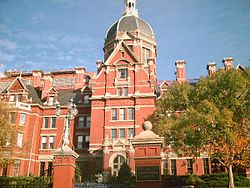Fad or the future? In my last blog I touted the benefits of minimally invasive chest surgery, thoracoscopy, which provides as good outcomes as open surgery but causes much less pain and allows patients to recover quicker. So-called robotic surgery is felt by some surgeons to be the next advance Read More
Images
Considerations in choosing a surgeon. Operations for esophageal cancer are performed by general thoracic surgeons like me (so you know my prejudice), surgical oncologists and general surgeons. Who should operate on you? Appropriate considerations will resemble my previous thoughts for lung cancer surgery. The experience the surgeon had in Read More
Esophageal cancer. There are different types and locations The esophagus is the “tube” that food slides through to get from the mouth to the stomach. It’s a biologic conveyer belt. No digestion, just transportation. Cancer of the esophagus has been known for millennia to be very lethal. It arises inside Read More
Sweat. Can’t live with it, can’t live without it. Don’t sweat it. Bad advice if taken literally. Sweat plays an important role in preventing hyperthermia, when the body overheats. Hyperthermia can be fatal as internal organs over heat and eventually fail. The beads of salty water we call sweat evaporate Read More
Can you experiment on patients? The answer is yes. As an academic thoracic surgeon many of lung and esophageal cancer patients were in clinical studies. If you are considering participation in a study or are simply curious, this blog should be helpful. There is supervision of and tight controls on Read More
What two surgeons did not do dramatically changed the course of American Surgery. I have discussed the contributions of two influential pioneer surgeons Macewen and Graham. They also changed the course of Surgery in the USA by something they did not do. Both men were offered the position of Chairman Read More
Lung operations in humans arrive. In 1931, Rudolf Nissen reported the first successful pneumonectomy (removal of an entire lung in surgeonese). His patient was a 12-year-old girl with chronic infection. She suffered a cardiac arrest during an initial attempt, was resuscitated and underwent the successful operation two weeks later. Nissen Read More




